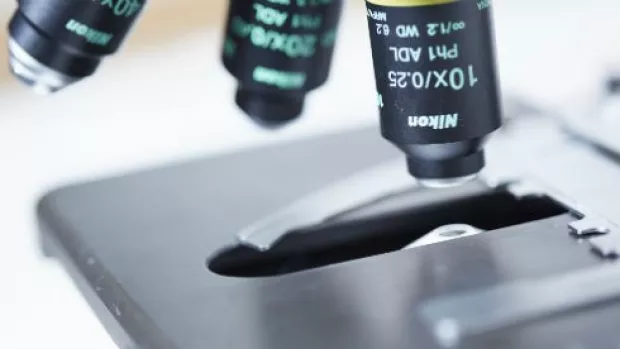
Can oligodendrocytes cells that survive immune attacks protect nerves?
Myelin is the protective coating that surrounds our nerve cells. When myelin is lost in MS the underlying nerve cell can be damaged and die, leading to the progression of MS. So treatments that encourage myelin repair could help protect nerves from further damage, and slow down progression.
About the project
New myelin is made by brain cells called oligodendrocytes. Some oligodendrocytes die during MS immune attacks and need to be replaced. But evidence suggests many oligodendrocytes may survive the attacks and even go on to try and produce new myelin.
A recent study at Edinburgh discovered these surviving oligodendrocytes send new myelin to a different part of the nerve cell than expected. They remyelinate the cell body, an important part of the cell that contains its DNA, but doesn’t usually have any myelin.
The PhD student will investigate this different behaviour of survivor oligodendrocytes to see if it’s beneficial, and could still help protect the nerves from further damage. Or if it’s just a malfunction.
To do this they’ll study myelin repair in zebrafish and human tissue from the MS Society Tissue Bank. They’ll compare how newly-made oligodendrocytes and survivor oligodendrocytes repair myelin, and whether they’re able to protect nerves from further damage or not.
How will it help people with MS?
If surviving oligodendrocytes do protect nerve cells after myelin damage, they would represent a new cell to target in the development of myelin repair treatments.



